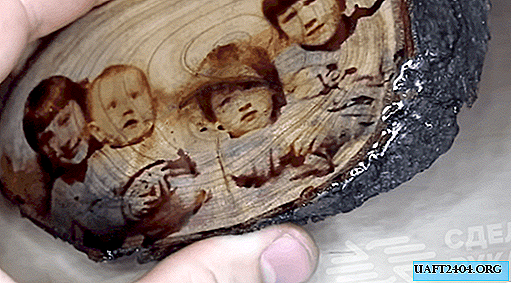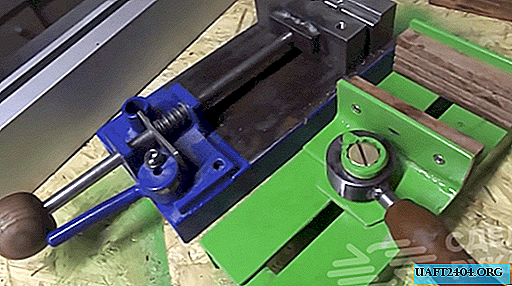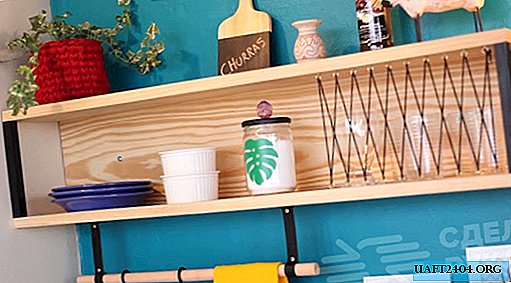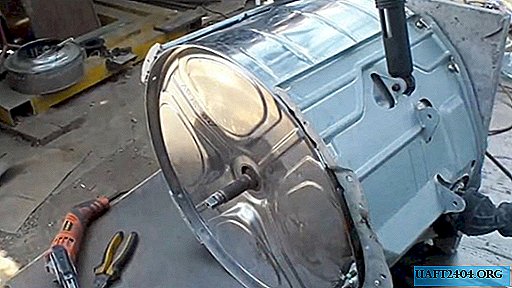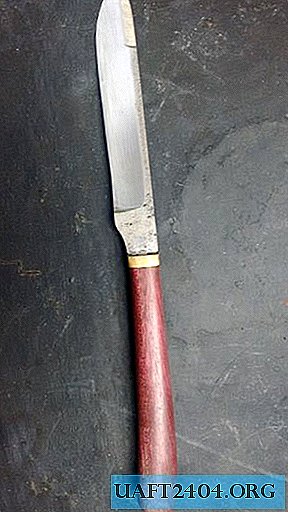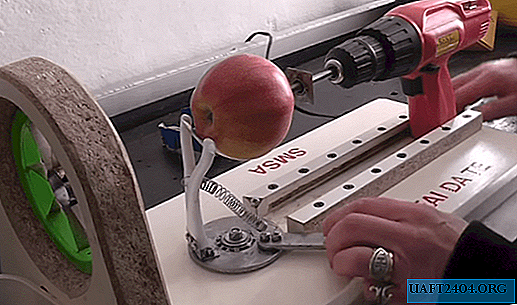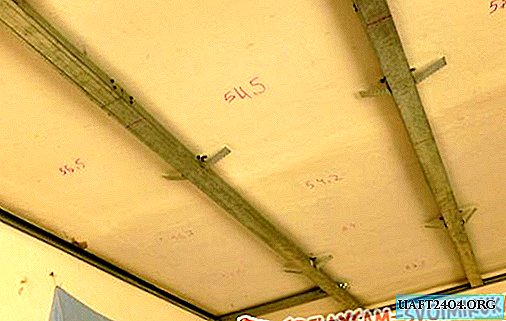Share
Pin
Tweet
Send
Share
Send
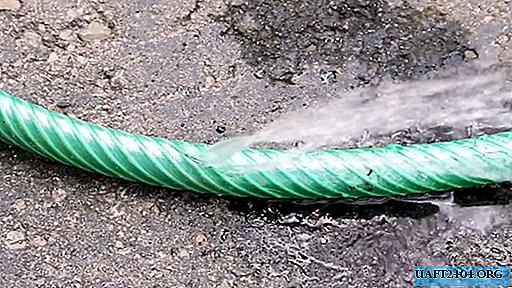
Major damage to the watering hose
This product, irreplaceable in the summer, has a decent length, and filled with water, also has a noticeable weight. It constantly moves from place to place, and not only along the lawn or beds, but also along paved paths, paving slabs, curbs, etc.
People step on the hose, which is under pressure, it can get stuck under the wheel of the machine and then experience jerks of impatient watering people. It is not surprising that the watering hose is often damaged, which dramatically reduces the pressure in it and leads to useless water consumption.

But repairing it is not difficult if you have at hand a sharp knife and a screwdriver with suitable bits. We list the main damage to this gardening product:
- hose rush in one or more places;
- a worn, torn or hardened gasket in the adapter from the hose to the spray device or in the element of its connection to the tap;
- deformation of connecting nodes.
Determination of the nominal diameter of the hose
Before choosing the necessary accessories for restoring the functionality of the hose (gaskets, repair couplings, fittings, push-in connectors, etc.), you should determine the diameter of the nominal bore of the hose, which is usually indicated in the accompanying document.

If there is no such document or it is lost, then you can measure the inner diameter of the hose, giving it a cylindrical shape, using a metal ruler. It just corresponds to the diameter of the conditional passage. The industry produces hoses in three sizes (diameters): 12 mm (1/2 in), 16 mm (5/8 in) and 19 mm (3/4 in).

For a hose with a nominal diameter of 16 mm, all accessories must correspond to this size.
Fixing a garden hose
Consider how to deal with the most common damage to a garden hose.
1. A rush of hose. To eliminate such a defect, we cut out a section containing this defect with a sharp knife. And in order to reconnect the cut parts of the hose, we use an insert connector (plastic, aluminum or steel) with ribbed surfaces and clamps.

It is necessary to grease its seats with liquid soap so that it easily fits into the hose to the central stop. Before connecting the second part of the hose, do not forget to put two clamps on it.

After the connected elements take their final position, we tighten the clamps with a screwdriver with the corresponding bit. The clamp screw can have a hex head. Then you need to use a bat with a similar hex hole.

2. Also, a hose rupture can be eliminated with a suitable sized repair (connecting) sleeve.

To do this, just insert the evenly cut ends of the hose into the coupling holes from both sides to the stop and turn its halves each clockwise. The connection is guaranteed to be durable and airtight. Even driving through the junction of a car wheel will not do him any harm.


3. Breakage (deformation) of the connecting fitting.

There are various types of replacement, but we will use an option in which the seat has a ribbed surface and the hose is fixed to it with a metal clamp.

We cut off the old fitting with a part of the adjacent hose with sharp scissors, trying to make the cut evenly. We put a clamp on the prepared end of the hose.

Insert the new fitting into the hose until it stops with its seat. We move the clamp close to the end of the hose (but not to the very end!) And tighten its screw with a screwdriver and the corresponding bit. We put the gasket in the fitting and fasten it to the tap or spray device.

The result of the replacement is obvious. If just an outflow was observed with the old fitting, then after installing a new one, water escapes from it under high pressure with a characteristic hiss.

Share
Pin
Tweet
Send
Share
Send

